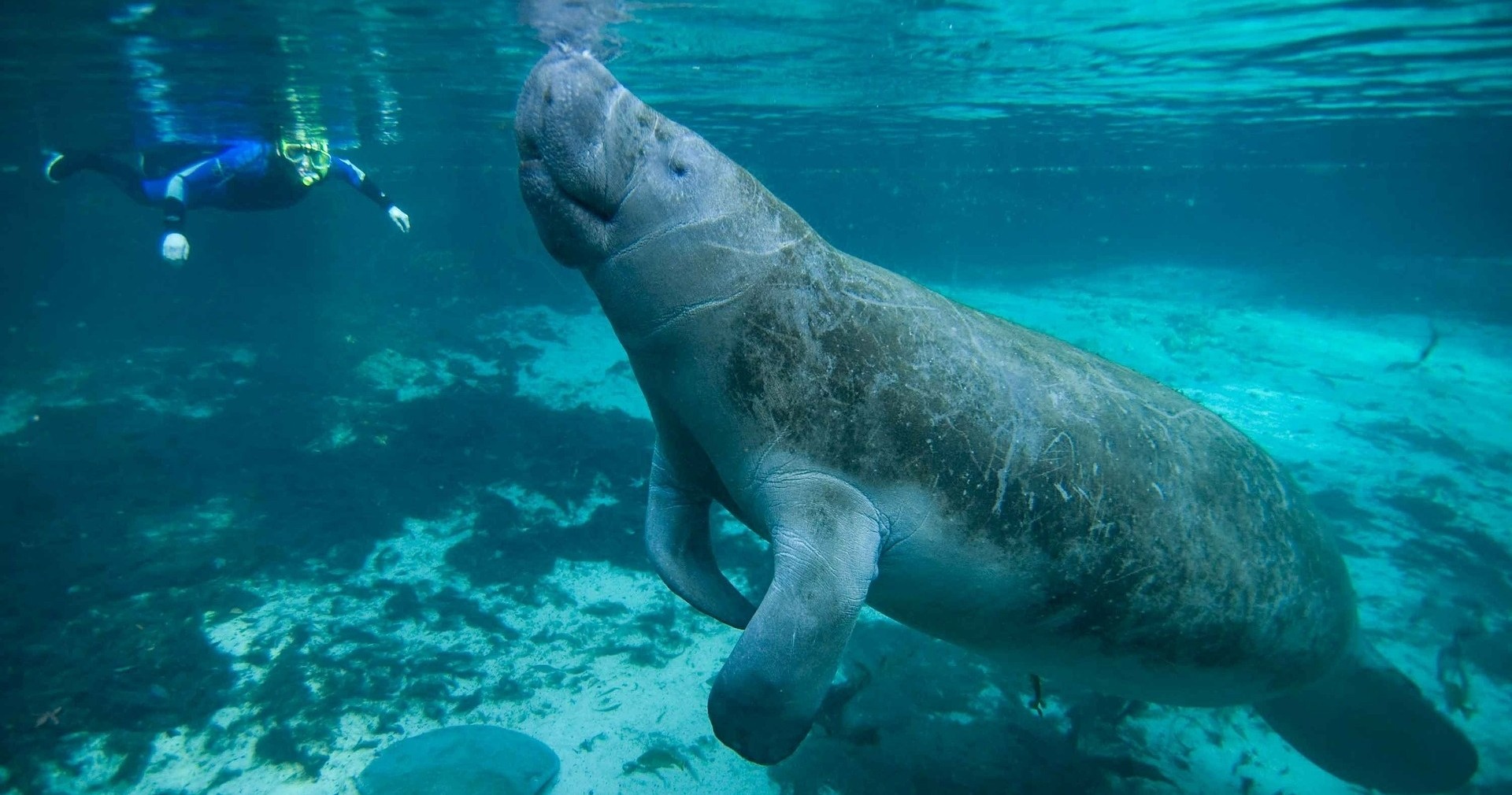Timing Is Everything: Mastering Seasonal Cues for Manatee Sightings in King’s Bay
King’s Bay is a premier destination for viewing Florida’s iconic manatees, especially during the cooler months when these gentle giants seek refuge in the bay’s warm springs. This guide highlights the best times and practical tips to maximize your manatee sightings with ease and respect for the environment.
Visit During Peak Manatee Season
Plan your trip between November and March when manatees gather in King’s Bay to stay warm, increasing your chances of sightings.
Use Quiet, Non-Intrusive Observation
Approach the water silently and keep distance to avoid disturbing the manatees, who are sensitive to noise and sudden movements.
Wear Non-Slip Footwear
Algae-covered rocks and sandy banks can be slippery; sturdy water shoes or trail shoes will keep you steady along observation points.
Hydrate and Layer Clothing
Winter days can be cool in the shade and warm in direct sun. Dress in layers and carry water to stay comfortable during your visit.
Timing Is Everything: Mastering Seasonal Cues for Manatee Sightings in King’s Bay

Semi-Private Manatee Snorkeling Tour with in-water Photographer
Ages 3+ • 3 Hour • Our Signature Tour Option
Discover the gentle beauty of Florida's manatees with a semi-private snorkeling tour in Crystal River. Enjoy professional photographs and an intimate wildlife encounter perfect for all ages.
King's Bay, with its clear waters and steady springs, calls you to a rare spectacle—the gentle, slow-moving manatee. These water giants come alive in winter’s hush, moving with deliberate grace through the emerald swirl of the bay’s currents. For the best chance to spot them, gear your adventure toward the colder months, when manatees cluster to escape the chill beyond these springs.
From November through March, the bay’s temperature steadies near 72°F, creating a refuge fiercely defended by the manatees against dropping water temperatures offsite. As the water steadies, so does their presence, as they herd near springs like Devil's Den and Shadow Bay. This window shapes the rhythms of your visit; arrive early morning or late afternoon when light angles sharpen the contours of manatees as they surface to breathe, and when the water calms enough for clear observation.
The terrain around King's Bay itself offers easy access along flat, sandy shores and well-trodden boardwalks. Distances vary by vantage point, from short strolls near the campground to moderate hikes venturing around the edges of Lemon Bay and connecting springs. Elevation here barely rises, but the terrain challenges your patience and alertness rather than your legs—the subtle ripple of water lapping against submerged rocks demands quiet observation and respect.
Prepare for your outing with layered clothing to adjust to subtle temperature shifts between sun and shade. Footwear with good traction will serve as algae-slick stones dare to surprise you. Hydrate well, especially if you venture into longer loops around the bay or extend observation into the midday sun, which grows fierce even in winter.
Engage fully with this fiercely natural environment—the manatees are not exhibitionists but cautious neighbors. They respond to stillness and respect rather than disruption. Be ready to listen to the water’s whispers and catch the ripples pushed forward by their passing. King’s Bay offers a communion with nature, practical and profound, where timing and knowing the seasons heighten both safety and success in this gentle wildlife pursuit.
Nearby Trips
All Adventures
Boat Charters
Water Activities
Adventures near Crystal River
Discover the unique and memorable adventures that make Crystal River special.
Frequently Asked Questions
When is the best time of day to see manatees in King’s Bay?
Early morning and late afternoon are optimal. The water calms, improving visibility, and manatees surface frequently to breathe in these quieter, less windy periods.
Are guided tours necessary to see manatees here?
Guided tours are not mandatory but can enhance your experience with expert knowledge and access to prime spots. However, many observation areas are accessible for self-guided visits.
What is the typical depth of King’s Bay for snorkeling?
Most springs and observation points are shallow, ranging from 3 to 10 feet, ideal for snorkeling near manatees but always check local conditions for safety.
Are there restrictions to protect manatees during visits?
Yes, manatees are federally protected. Approach quietly, avoid touching or feeding, and maintain a respectful distance. Boats must follow slow speed zones to reduce disturbance.
Can children safely enjoy manatee watching at King’s Bay?
Absolutely, the terrain is gentle and accessible. Just ensure kids understand wildlife etiquette and stay within sight to remain safe near the water.
What other wildlife might I encounter during my trip?
Besides manatees, watch for great blue herons, turtles, otters, and seasonal migratory birds that make King’s Bay a lively ecosystem year-round.
Recommended Gear
Water shoes
Protects feet and provides traction on slippery rocks and sandy shorelines near observation points.
Binoculars
Helpful for spotting manatees and birds without disturbing them by getting too close.
Layered clothing
Keeps you warm during cool mornings but allows adjustment when temperatures rise by midday.
Reusable water bottle
Staying hydrated is key, especially in warmer months or if you extend your visit around the bay.
Local Insights
Hidden Gems
- "Shadow Bay: A quieter area to observe manatees with fewer visitors."
- "Lemon Bay Trail: Offers scenic views and a chance to spot diverse bird species."
Wildlife
- "Florida manatees"
- "River otters"
- "Ospreys"
- "Snapping turtles"
History
"King’s Bay has long been a sacred freshwater resource for indigenous peoples. Today it serves as one of Florida’s most important manatee refuges, with conservation efforts dating back decades."
